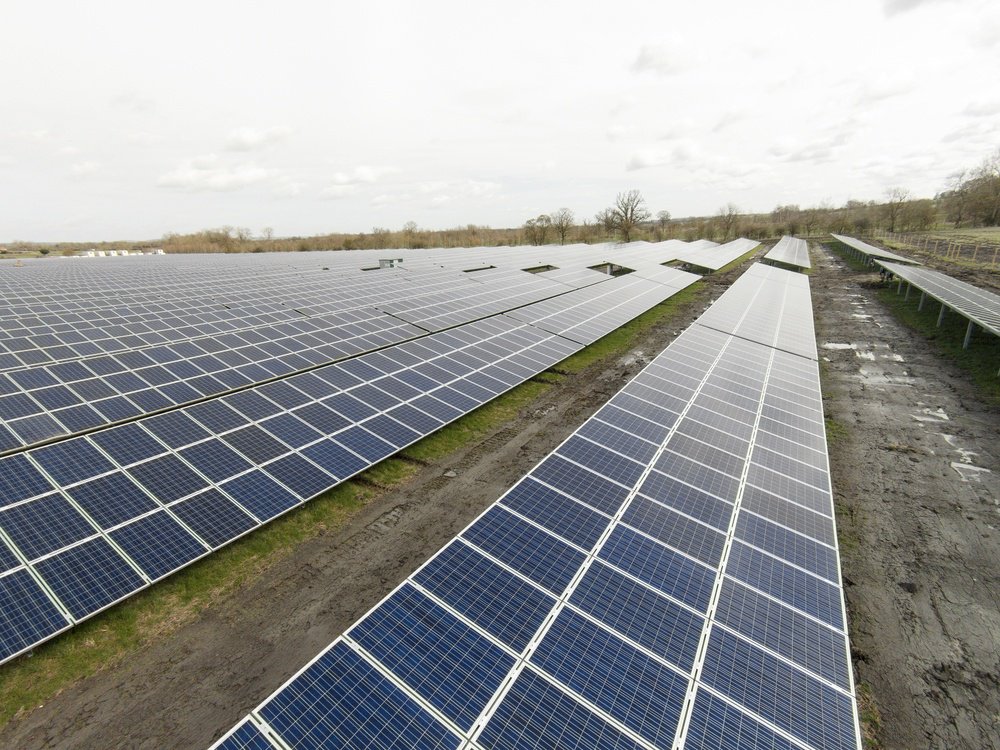Engineers and scientists at the University of Edinburgh and the University of Strathclyde say sandstone in the sea bed off the coast of the UK could be used to store high pressure compressed air.
In their research proposal, they suggest pumps could be used to pressurize air using excess electrical energy during the summer and inject it into the sandstone beneath the sea. They calculate the seabed could hold enough compressed air to meet all of the UK’s energy needs during the winter when demand is highest.
Are the researchers on to something here? The renewable energy revolution will depend on many kinds of energy storage. Some will be short term — store electricity from solar panels during the day, use it to power the grid that night.

But what happens once that short term storage is depleted? Medium and long term storage will be needed to insure there is always a supply of electricity even if there are several days of little sun or low wind. Systems like compressed air energy storage might be cheaper and more reliable for long term storage than batteries.
The researchers predicted the UK’s storage capacity using a database of geological formations in the North Sea. They say the porous sandstone could store about one and a half times the UK’s typical electricity demand for January and February.
One potential use for the proposed compressed air system would be to store energy from offshore wind farms close to the place it is generated rather than transmitting it to battery storage facilities on land. Co-locating generating capacity with storage would reduce the cost of storage significantly and increase the efficiency of offshore wind turbines.
Read more: Clean Technica


